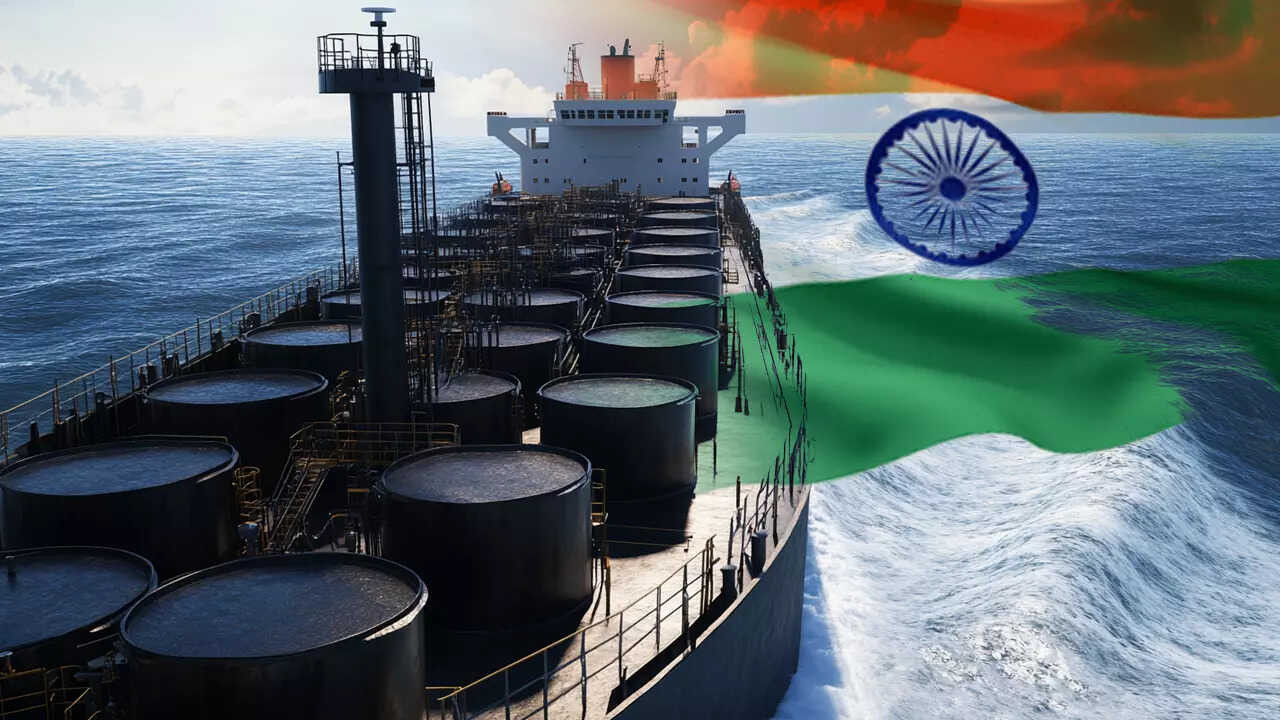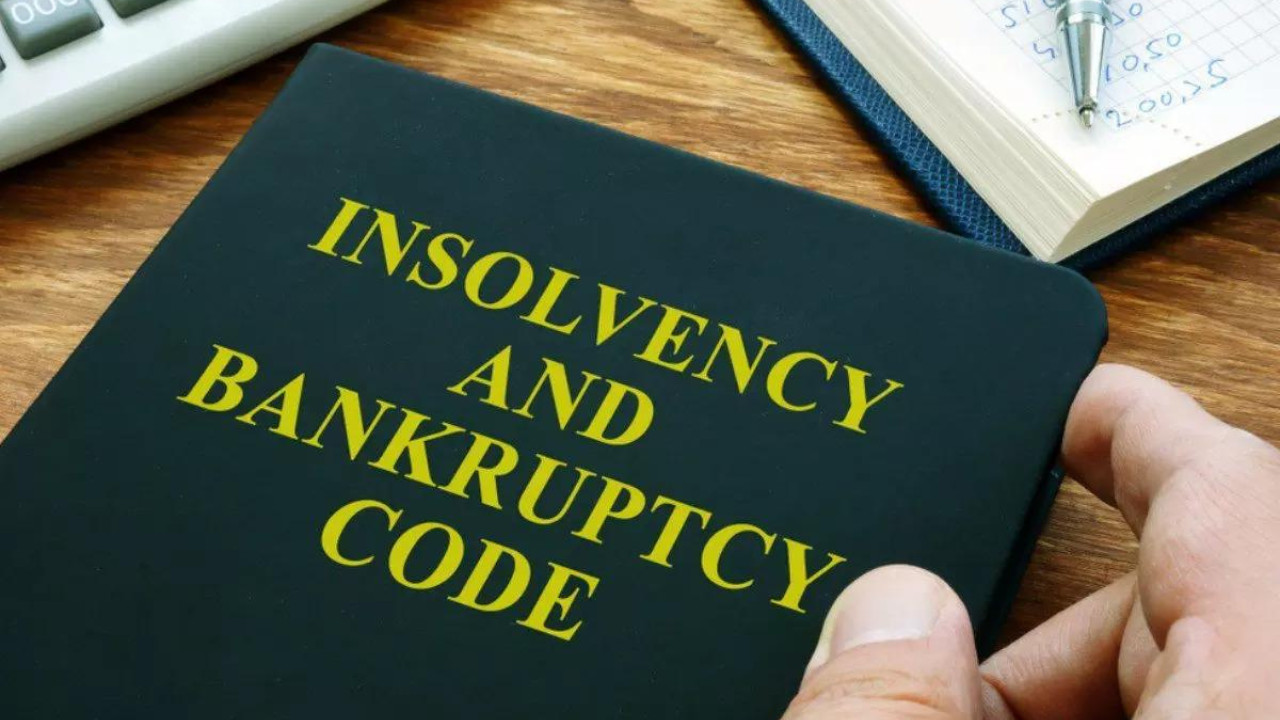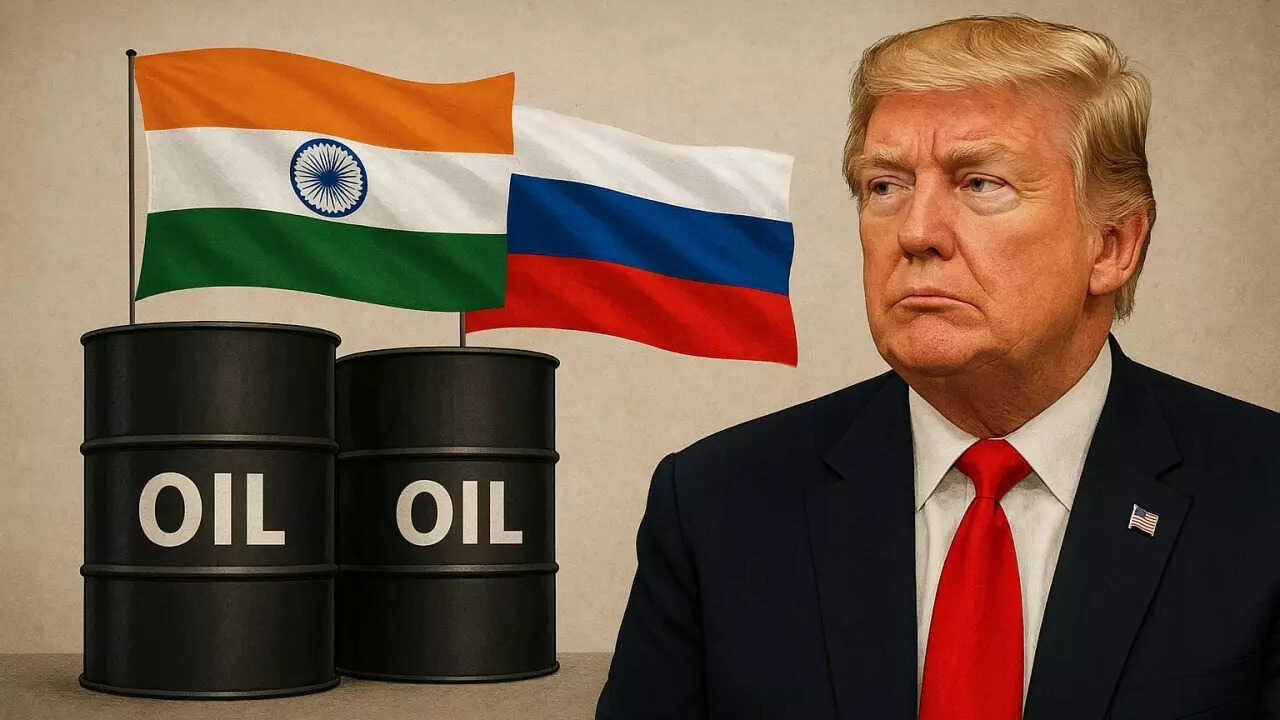India is planning to build three more strategic oil storage facilities to boost its energy security. These new reserves, including facilities in Bikaner, Mangalore, and Bina, will add to the existing capacity of 5.33 million tonnes.
Fortifying India’s Future: Strategic Oil Reserves on the Horizon
Imagine a scenario where global events disrupt oil supplies, sending shockwaves through the Indian economy. Factories grind to a halt, transportation becomes crippled, and daily life grinds to a standstill. It’s a chilling thought, but one that policymakers are working diligently to prevent. India is taking decisive steps to bolster its energy security by planning for the creation of new strategic oil reserves.

These reserves aren’t your average gas station storage tanks. They are massive underground caverns designed to hold vast quantities of crude oil, acting as a buffer against supply disruptions and price volatility in the international market. Think of them as an insurance policy for the nation’s energy needs.
The existing strategic petroleum reserves (SPR) facilities, currently capable of storing millions of barrels, have already proven their worth. They provide a crucial cushion during times of crisis, allowing the country to navigate turbulent global events without crippling economic consequences. But the ever-growing energy demands of a rapidly developing nation like India require proactive measures to ensure future stability.
Why More Strategic Petroleum Reserves?
The decision to expand India’s strategic oil reserves stems from a confluence of factors. Primarily, it’s about safeguarding the nation’s economic engine against the unpredictable nature of the global oil market. Geopolitical tensions, natural disasters, and even simple supply chain disruptions can send prices soaring and trigger shortages, impacting everything from manufacturing to transportation.
Beyond immediate crisis management, these reserves offer India increased leverage in negotiating oil prices with international suppliers. Knowing that the nation has a substantial stockpile readily available strengthens its position in the global energy arena. In essence, it provides a bargaining chip and a degree of independence in a world where energy security is paramount. Read more about India’s energy independence strategy on our dedicated page.
Another key driver is the sheer growth of India’s economy. As the country continues its upward trajectory, its energy needs will only intensify. Having ample strategic oil reserves becomes not just a matter of security, but a prerequisite for sustained economic development. These reserves are an investment in the future, ensuring that the engine of progress continues to run smoothly regardless of external shocks.
Building a Secure Energy Future
The specifics of the new reserve locations and storage capacities are still under wraps, but the government’s commitment to expanding these vital assets is clear. It signals a proactive and forward-thinking approach to energy management. This investment extends beyond mere infrastructure; it represents an investment in India’s economic resilience and long-term prosperity.
The construction of new strategic oil reserves involves a complex interplay of geological surveys, engineering expertise, and logistical planning. Underground rock caverns are the preferred method for storage, offering a secure and environmentally sound solution. These caverns are typically located near ports or refineries to facilitate easy import and distribution of crude oil.
The expansion of India’s strategic oil reserves is a significant undertaking with far-reaching implications. It’s a testament to the nation’s commitment to energy security and its determination to shield its economy from the vagaries of the global oil market. This move will undoubtedly strengthen India’s position on the world stage and ensure its continued progress in the years to come. Ultimately, this forward-thinking approach translates to greater stability and prosperity for the entire nation.







